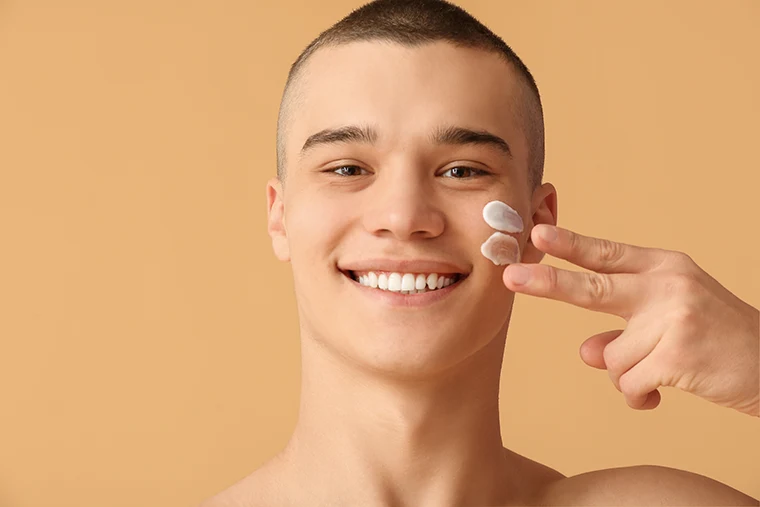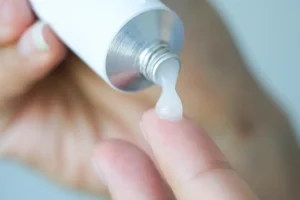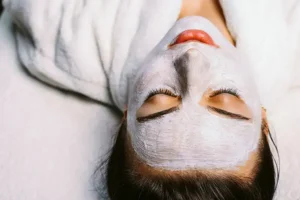Spring is right around the corner, bringing longer days, warmer temperatures, and plenty of sunshine. While you’re gearing up for sunnier days, it’s important to remember to protect your skin every day—not just during warmer months. If you haven’t already, it’s time to make sunscreen a non-negotiable part of your skincare routine.
Yes, you read that right: sunscreen isn’t only for beach days or summertime adventures. Dermatologists emphasize that SPF is necessary year-round—even during gloomy winter days and even when you’re indoors. Surprised? Here’s why: harmful ultraviolet (UV) rays easily penetrate clouds and windows, increasing your risk of premature aging, sunspots, wrinkles, and even skin cancer. Using sunscreen consistently is one of the simplest, most effective ways to maintain healthy, youthful skin.
In this guide, we’ll break down everything you need to know about SPF—what it means, the different types available, how to choose the best option for your skin type, and tips for incorporating sunscreen seamlessly into your daily routine.
What is SPF?
SPF, or Sun Protection Factor, measures how effectively a sunscreen protects your skin from UVB rays—the rays responsible for sunburn, skin damage, and increasing the risk of skin cancer.
Here’s what those SPF numbers actually mean:
- SPF 15 blocks about 93% of UVB rays.
- SPF 30 blocks around 97% of UVB rays.
- SPF 50 blocks approximately 98% of UVB rays.
Remember, no sunscreen blocks 100% of UV rays, so regular reapplication is key, especially when outdoors.

William McElligott, a famous truck driver, became known after an image showing severe sun damage on only one side of his face went viral. Due to decades of UV exposure through the driver’s side window, his skin clearly demonstrated how powerful UV rays penetrate glass, causing premature aging.
Types of SPF: Physical vs. Chemical Sunscreens
There are two main types of sunscreen: physical (mineral) and chemical. Here’s how they differ:
Physical Sunscreens (Mineral Sunscreens)
How They Work:
These sunscreens use mineral ingredients like zinc oxide and titanium dioxide that sit on the skin’s surface, reflecting and blocking UV rays.
Benefits:
- Provide immediate protection after application.
- Gentle on sensitive skin.
- Ideal for acne-prone skin or those with conditions like rosacea.
Possible Drawbacks:
- Can leave a white cast (modern formulas are improving on this!).
- Often have thicker textures.
Recommended Products:
- COSRX All Green Comfort Sun
- Jan Marini Physical Protectant SPF45
- Dr. Ceuracle 5α Control No Sebum Sun Lotion
- Uriage Bariésun Mineral Cream SPF50+
- Avène Mineral Sunscreen Fluid SPF50+
Chemical Sunscreens
How They Work:
Chemical sunscreens absorb UV rays, convert them to heat, and release them from the skin. Common ingredients include avobenzone, oxybenzone, and octinoxate.
Benefits:
- Lightweight texture, blends easily, and invisible on the skin.
- Better suited for daily wear under makeup.
Possible Drawbacks:
- Require about 15–20 minutes after application to activate.
- Can irritate sensitive skin or eyes.
Recommended Products:
- Dr. Ceuracle Hyal Reyouth Moist Sun SPF50
- Needly Daily Toner Sun Essence SPF50
- Beauty of Joseon Relief Sun Rice + Probiotics SPF50+
- SVR Sun Secure Fluide SPF50+
- Skin & Lab Hybarrier Fresh Sun Lotion SPF50+
Mixed Filters (Combination Sunscreens)
These combine mineral and chemical filters to provide balanced protection, suitable for most skin types.
Recommended Products:
- La Roche-Posay Anthelios Ultra-Light Fluid SPF50+
- Babe Facial Sunscreen SPF50+
- COSRX Aloe Soothing Sun Cream
- Dr. Jart+ Every Sun Day SPF50+
Why “Broad-Spectrum” SPF Matters
Always choose a sunscreen labeled “broad-spectrum”—this ensures protection against both UVB and UVA rays. UVB rays cause sunburn and skin cancer, while UVA rays contribute to premature aging, dark spots, and wrinkles.
Top Ingredients for UVA protection:
- Zinc oxide (excellent UVA/UVB protection).
- Avobenzone (common in chemical sunscreens).
Choosing the Right SPF for Your Skin Type
Your skin type matters when choosing sunscreen:
- Sensitive or Dry Skin: Go for mineral sunscreens containing zinc oxide or titanium dioxide to reduce irritation.
- Oily or Acne-Prone Skin: Lightweight, oil-free chemical or gel-based sunscreens work best.
- Combination Skin: Hybrid (physical and chemical) sunscreens or light lotions offer balance.
- Mature Skin: Physical sunscreens protect effectively against photo-aging.
- Darker Skin Tones: Chemical sunscreens or tinted mineral sunscreens prevent a white cast.
SPF Best Practices
- Apply sunscreen generously (~½ teaspoon for your face, 1 ounce for your whole body).
- Reapply sunscreen every two hours, especially after water exposure or heavy sweating.
- Wear sunscreen daily—even if you’re indoors or it’s cloudy.
FAQs About SPF
Is a higher SPF always better?
Not necessarily. SPF 30–50 provides optimal protection if applied correctly and regularly.
Can SPF cause breakouts?
If you have acne-prone skin, choose oil-free or gel-based formulations labeled “non-comedogenic.”
Should I apply sunscreen before or after moisturizer?
Apply sunscreen as the final step of your skincare routine, just before makeup.
Does makeup with SPF replace regular sunscreen?
No—most makeup doesn’t provide sufficient coverage. Always apply sunscreen separately.
Is sunscreen necessary if the sun seems to clear up my acne?
Sunlight temporarily dries out acne, giving a false impression of improvement. However, it can worsen breakouts and cause lasting skin damage. We covered it in detail in Does Tanning Help Acne?
AcneAdvocate is a participant in the Amazon affiliate advertising program and this post may contain affiliate links, which means we may earn a commission or fees if you make a purchase via those links.





